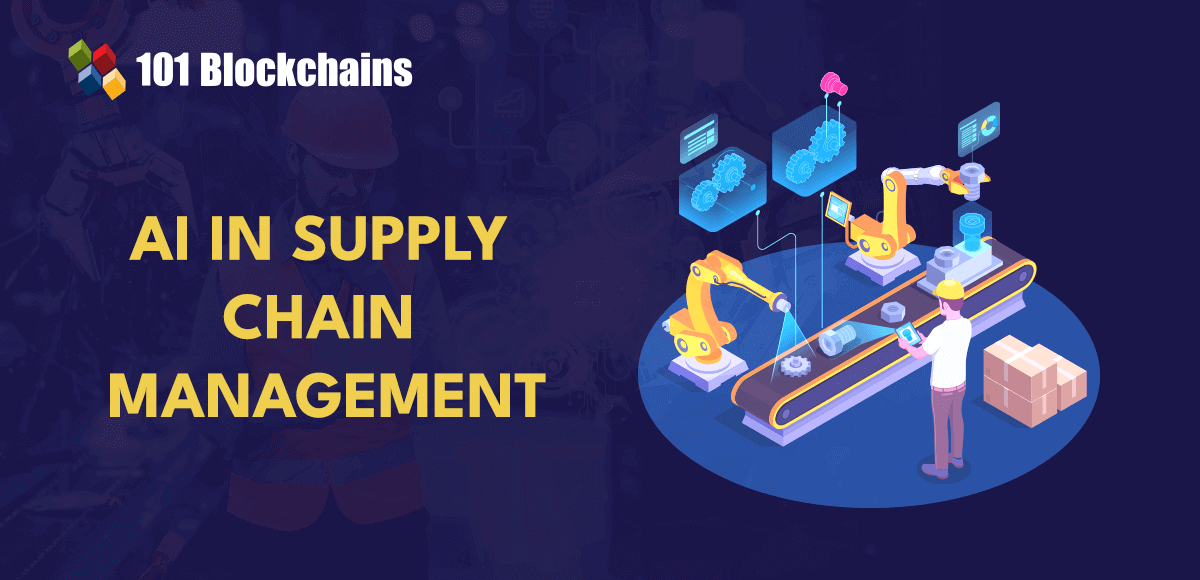Large language models (LLMs) are often associated with advanced AI capabilities, but their integration into various business and technological domains can be costly.
The extensive computational resources needed for training and running these models contribute to these costs. However, traditional natural language processing (NLP) techniques offer a way to reduce costs while maintaining efficiency. Let’s explore how traditional NLP methods can work together with LLMs to create a cost-effective and powerful solution.
Understanding the cost implications of LLMs
LLMs require significant computational power for training and inference, leading to high operational costs, especially for continuous, large-scale applications. The complexity of these models also often requires specialized hardware, adding to the expenses.
The role of traditional NLP techniques
Traditional NLP techniques include rule-based systems, statistical models, and simpler machine learning algorithms developed before deep learning-based LLMs. While these methods may require a deeper contextual understanding of LLMs, they are lightweight and demand less computational power.
Let’s explore four strategies organizations can use to reduce costs.
Pre-processing with traditional methods: Initial data processing tasks like tokenization, stemming, and basic entity recognition can be handled efficiently by traditional NLP methods, reducing the load on LLMs.
Creating hybrid systems: Hybrid systems combining traditional NLP methods for routine tasks and LLMs for tasks requiring deeper linguistic understanding can optimize resource allocation and reduce costs.
Using efficient data filtering: Traditional NLP techniques can filter and preprocess data before feeding it into LLMs, ensuring only relevant data is processed and reducing computational waste.
Employing feature extraction: Basic feature extraction using traditional NLP techniques can simplify tasks for LLMs, leading to faster processing times and lower costs.
Balancing cost and performance
Finding the right balance is crucial when integrating traditional NLP techniques with LLMs. Identifying which task components can be handled effectively by simpler NLP methods without compromising output quality is key.
While LLMs offer advanced AI capabilities, their cost implications must be managed. By intelligently integrating traditional NLP techniques, organizations can create a sustainable model for deploying advanced AI solutions.
This synergistic approach optimizes expenses and promotes the widespread use of AI technologies across industries.























